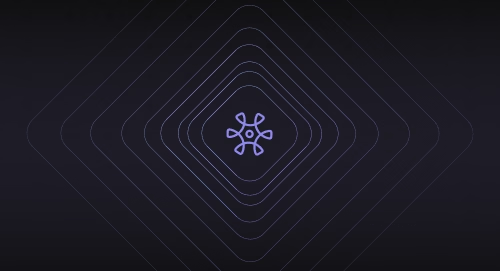How to Fix Broken Customer Feedback Analysis with AI-Ready Collection
Most customer feedback dies in spreadsheets before it reaches anyone who can act on it.
Teams collect hundreds of comments through surveys, support tickets, reviews, and interviews—then spend weeks trying to extract patterns manually. By the time insights surface, customers have churned, issues have escalated, and the moment to respond has passed.
The gap between collection and action kills most feedback programs. Traditional approaches—exporting data from multiple systems, manually reading comments, tagging themes in spreadsheets—create 2-4 week delays. During that gap, frustrated customers switch providers, detractors amplify negative experiences, and opportunities to recover relationships disappear.
Customer feedback analysis transforms scattered input into strategic intelligence. It connects what customers say (qualitative context) with how they rate experiences (quantitative metrics). Done right, it reveals dissatisfaction drivers before churn happens, surfaces improvement opportunities while they're fixable, and validates that interventions actually worked.
Modern customer feedback analysis operates at the speed of customer expectations: collecting input across channels, analyzing text at scale using AI, correlating themes with satisfaction scores, and routing critical feedback to teams while relationships are still warm. The difference between reactive and responsive comes down to hours, not weeks.
Most organizations treat feedback as data to collect rather than intelligence to act on. They build sophisticated collection mechanisms—triggered surveys, embedded feedback widgets, scheduled NPS campaigns—then struggle to extract actionable insights from the volume they receive. What breaks isn't collection sophistication. It's the analytical infrastructure to act on what customers tell you while problems are still fixable.
What You'll Learn
- How customer feedback analysis differs from simple sentiment scoring—and why integrated analysis drives retention.
- Which feedback sources provide the richest signals about customer experience and when each source matters most.
- The four analytical methods (theme extraction, sentiment detection, driver analysis, segmentation) that reveal patterns aggregate snapshots miss.
- Why tracking the same customers across touchpoints reveals experience degradation that single-source analysis never detects.
- When AI-powered text analytics accelerates insight delivery from weeks to minutes without sacrificing nuance or context—and how to connect analysis directly to intervention workflows that save at-risk relationships.
Let's start by unpacking why collecting feedback without analyzing it creates the illusion of listening without the reality of learning—and what breaks between collection and action.






